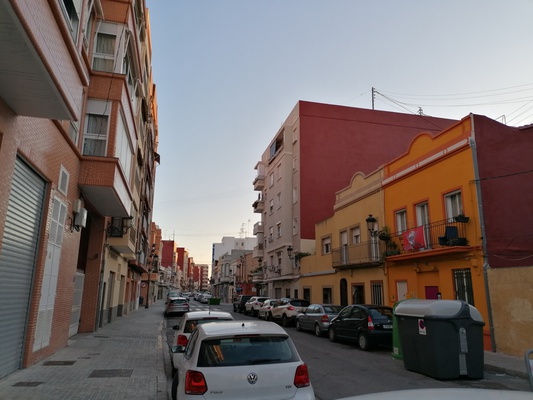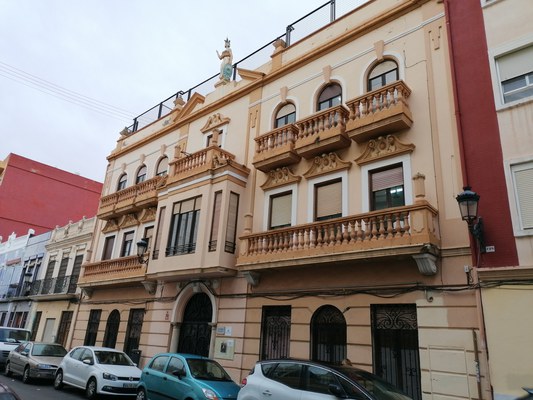
School Santiago Apostol Cabanyal is organised as a "Learning Community" from 2012. They have around 150 students, 95% of them Roma. Their institution is divided on three levels:
3 groups of Kindergarten (age 3, 4, 5);
6 groups of Primary school, from 6 to 11/12 years old;
1 group of Secondary school (age from 12 to 15).
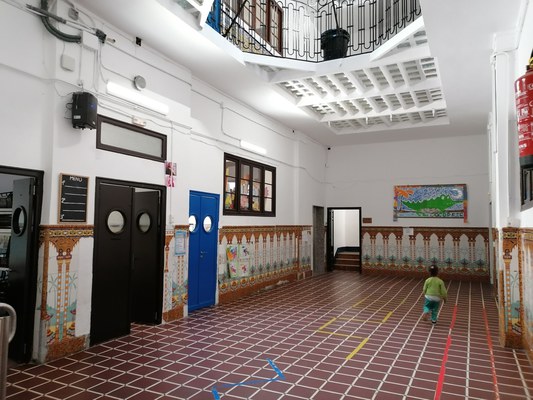
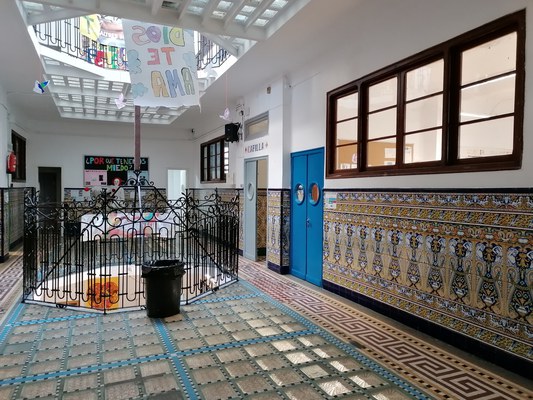

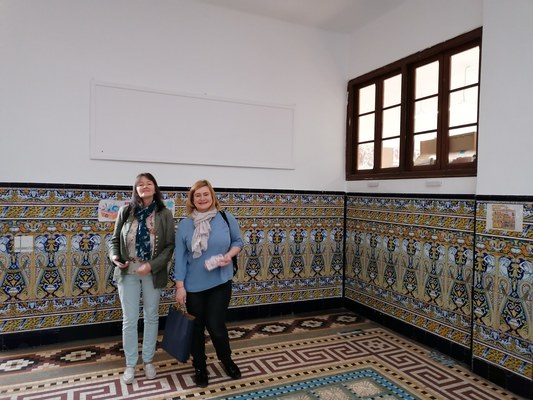
Children come to school at nine. They have two lessons, afterwards a 30 minutes break and then another two hours of work. From 1 pm to 3 pm they have a lunch break. Afterwards they have another two lessons, from 3 pm to 4.30 pm. They can stay at school till 6 pm. In this time, they do their homework, read or play, supervised by and volunteer adult.
There are from 15 to 20 students in each classroom. They mostly have really special and hard living conditions at home, there can even be violence at home or in the neighbourhood, one of the parents can be in jail because of criminal. Some don’t have running water; they cannot wash themselves at home. That’s why they have two workers in the morning employed for showering those children and teaching them how to take care of their daily hygiene.
In the morning they have subjects like Maths, Spanish, Valencian, P.E., Art, Reading circle, Class Assembly, English, Science and Social Science, depends on a grade of students.
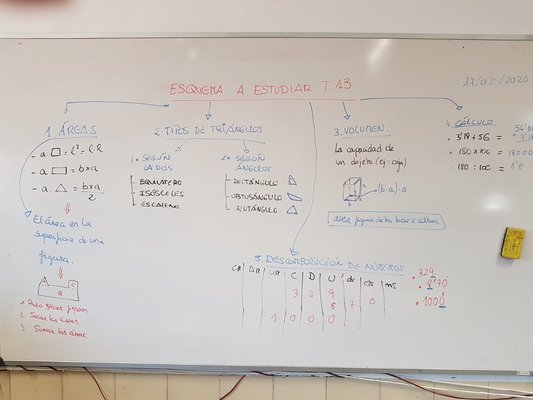
Maths. Students are mostly not motivated for work, they often interrupt lessons by dancing, singing, jumping into the teacher's word or to each other.
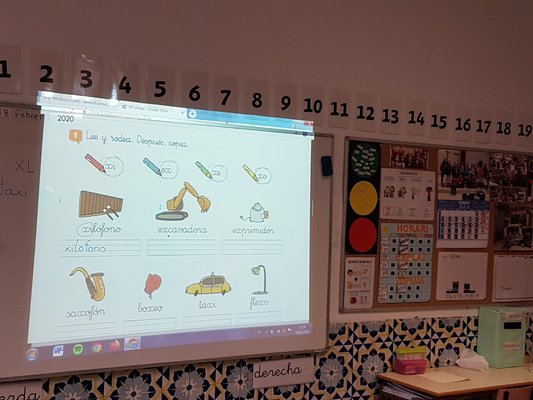
Spanish.
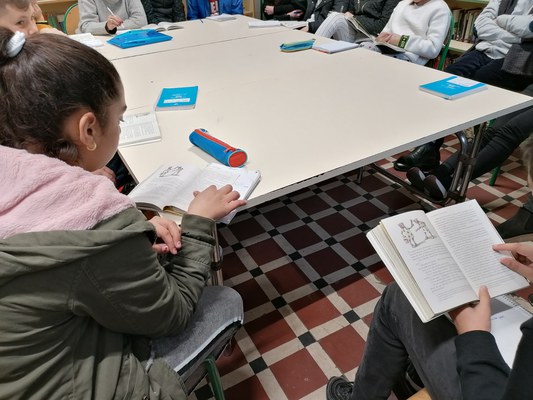
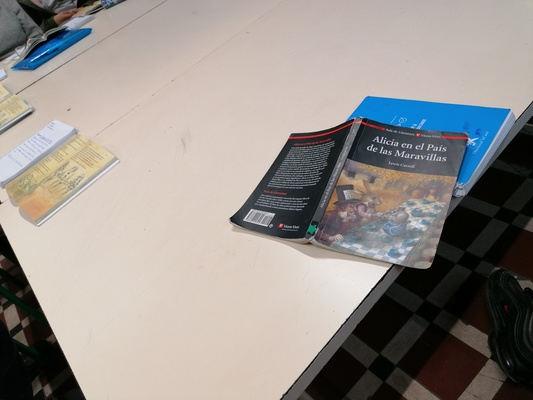
Reading circle in the sixth grade. They are reading Alice in the Wonderland at the moment. It always has to be some classic book. They have to read approximately ten pages per week for their homework. They have to choose one paragraph from those pages. In the reading circle they present that paragraph. They read it and explain the reason why they chose it. They connect the paragraph with their home conditions, with violence between students or at home or in the neighbourhood, because they find the Queen from the book bad and that seems strange to them… They were really very good at this debate, with their arguments and reasons and opinions. They were feeling safe, comfortable in the hour, that’s why they were very talkative and without restrains.
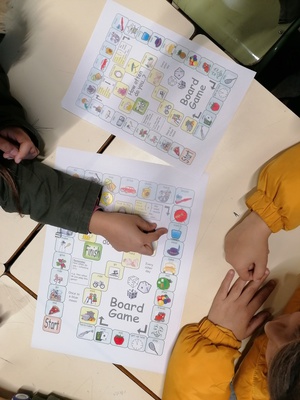
English. Each group of four students in the fifth grade needed one teacher or volunteer to work with them, otherwise there wouldn’t be any progress.
Students could go home at the time of two hours break, but they mostly stay at school, where they can get free lunch. It is also possible for them to get a free breakfast and snack. They also have food educators at school.
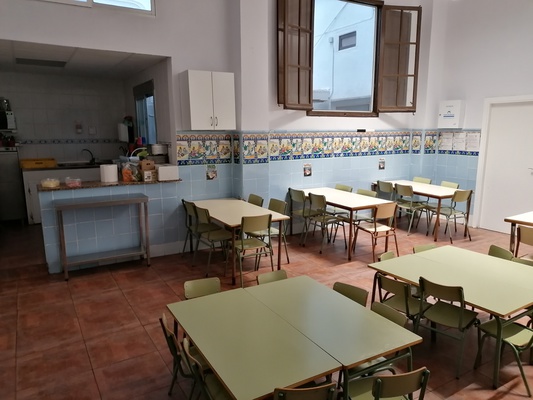
The two lessons after lunch are organised as a group work. Each classroom is divided in four groups; each group has different task. After 20 minutes of work on one activity, they go to the next. Teachers prepare tasks, but members of each group has to be moderated by an adult person, not an educator. The volunteers can also be their parents, Roma people... It is actually good if those volunteers are Roma, because students have a good example in them, how to behave, what are the important values…
Teachers who work with Roma students, need a lot of energy, different approaches to teach them something. Students’ attention is really short; their interest is almost immediately anywhere else, they would dance, sing, talk to each other. They aren’t used to be organized. Students have their workbooks in the school, the oldest bring only one notebook and a pencil case, the youngest use also pencils, colour pencils from school.
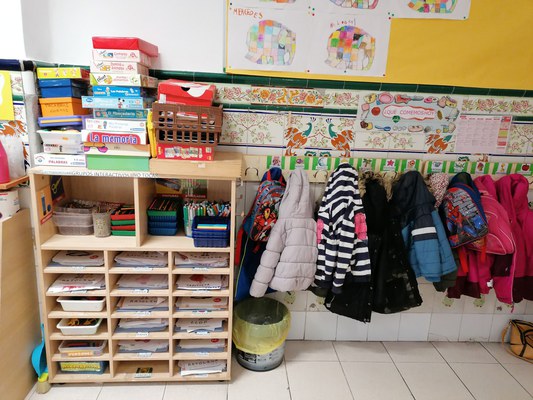
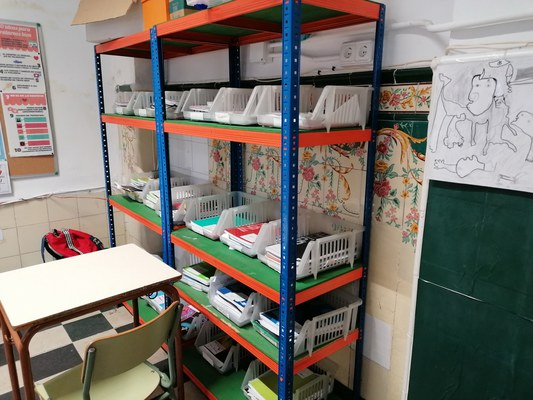
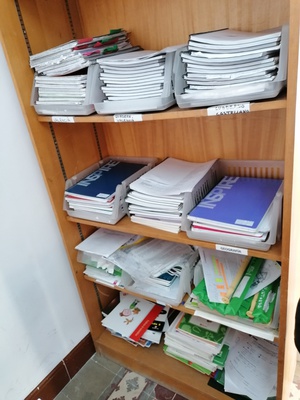
Some teachers work with their students in a project type of work. They work on a topic they choose together with students. The topic depends on a conflict that appears in a classroom. Teachers actually don’t know in advance what will they be teaching. At first they are only having conversations with their classroom, afterwards they decide what will they be working on. Be good to each other is a topic that sixth graders are currently working on.
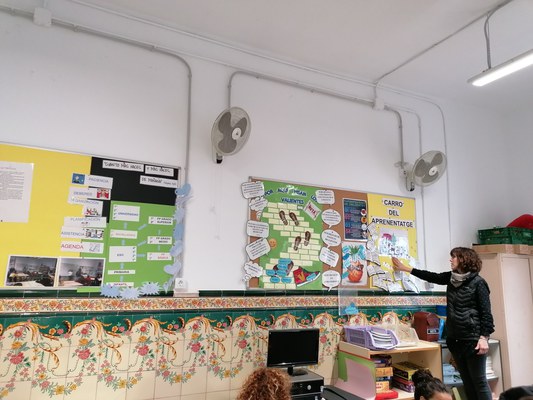
They were evaluating their behaviour in the Class Assembly. The evaluators were students also, not only the teacher. Students were explaining about school friend’s behaviour, advising to each other how can they improve. They were putting their names in the Brave path if their behaviour was good in the previous week.
Some teachers teach in more structured way; it depends also on a subject. Each grade has one teacher, who is teaching them all subjects. For English, Art, Music and P.E. they have a different teacher. There is at least one support teacher in each classroom and one or even more volunteers, university students doing there practise work or even volunteers from abroad.
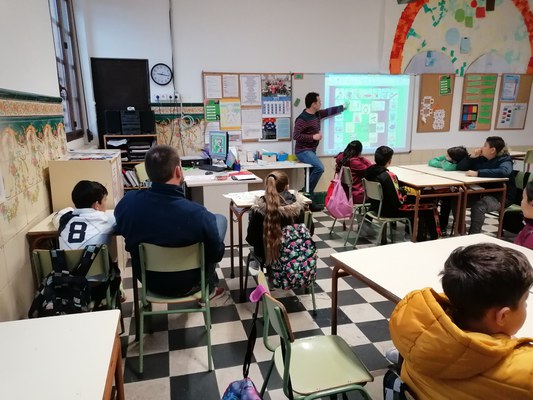
Because of a high level of absenteeism of some of them, in the second grade (at the age of seven) they still don’t know how to read and to write all alphabet, even though they start learning it at the age of three years old.
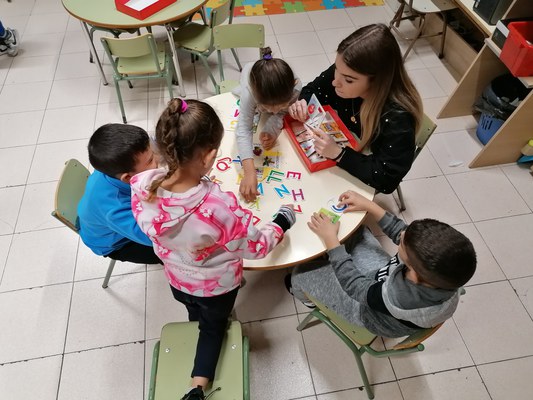
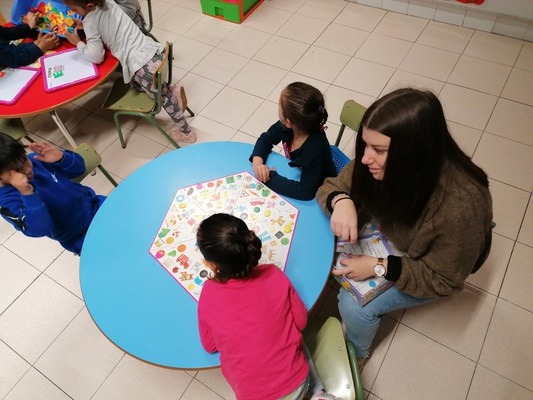
In the pre-primary classroom of four year olds, the work was organised as an interactive group work. Children were divided into three groups. Each group had different activity to work on. With each group was a volunteer, who was moderating the activity, and two teachers were in the classroom. After 15 minutes approximately they change the activity, so all pupils do all three activities. With them they are developing interaction between one another, cooperation, communication etc. After all three activities finished the assembled in a circle and were talking about their feelings, relationships through activities.
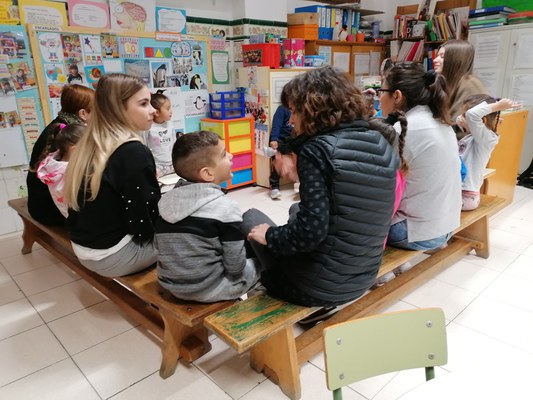
Group cooperative work in the Secondary school, they help each other with Maths:
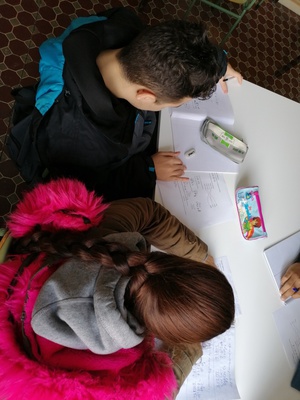
Religion class, reading a Holy Bible in a group out loud:
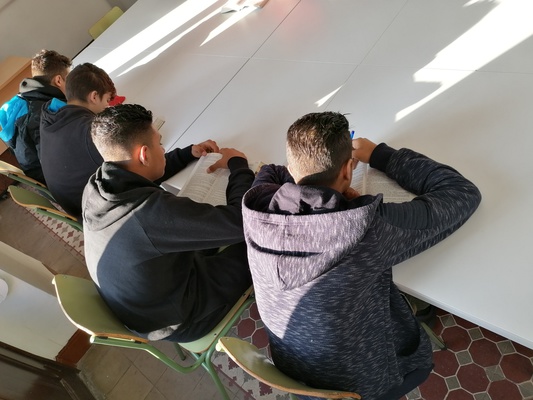
Roma students don’t see education as their future, because in their opinion they won’t get a job after they finish the school. So they drop out of school and live on the street, from the street, by selling things, also drugs and other sorts of criminal.
Some students continue their education in the vocational schools, most of them stay at least in one grade for two years, because they are allowed to repeat it once in the Primary school. They organize also secondary school for students who have troubles with learning, especially if they stayed in the last grade for a few years, so that they have a compulsory degree of education. They organize even some overall education (also sex education) for Roma mothers, because it happens sometimes that at the age of 30 they already have 10 children.
The teachers are really working hard and a lot for those Roma students. Individual work one by one or in small groups is almost essential. The progress is slow and small, but it is, teachers see it and they are proud of it. They are really making a change in those people’s lives.
Cultural and natural heritage of Valencia:
City of Science and Art:
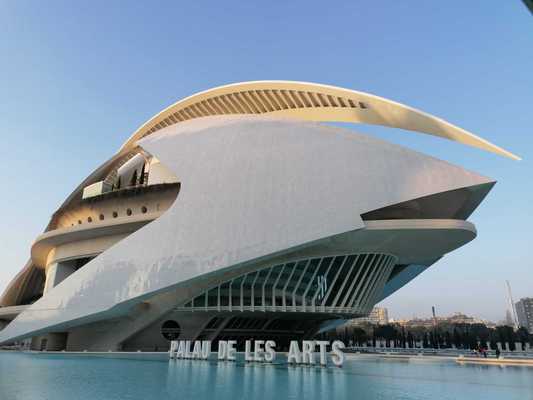
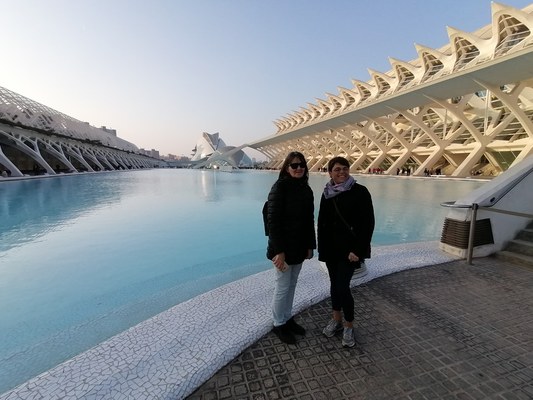
Oceanografic:
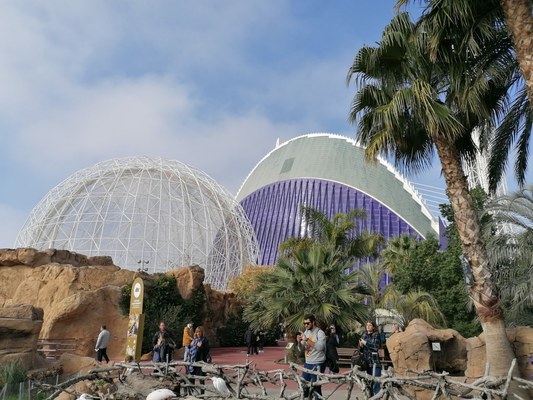
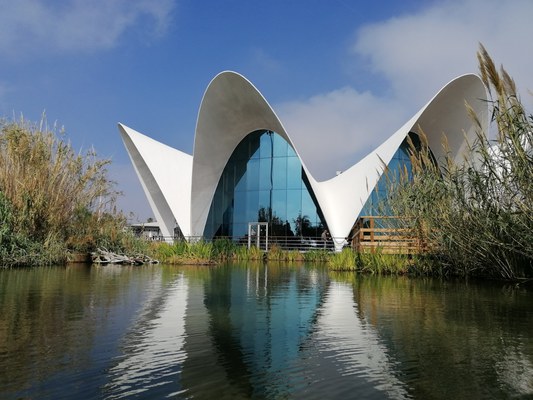


Bioparc Valencia:


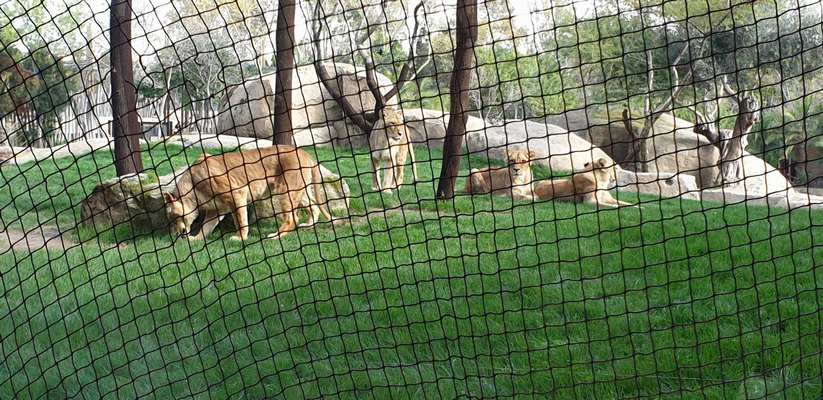

Old City Centre:
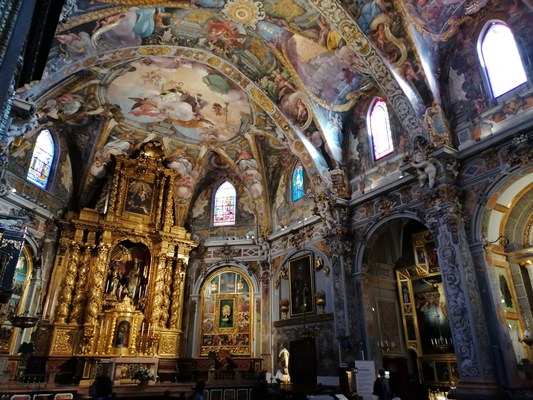
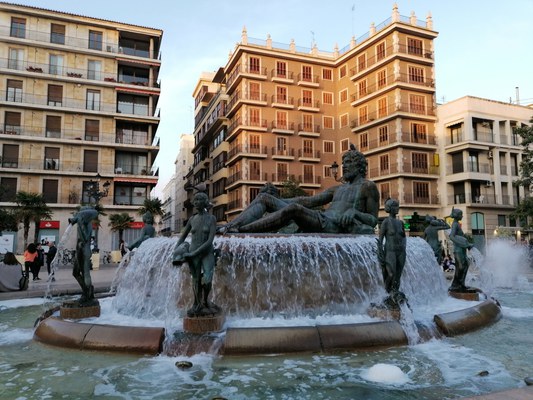
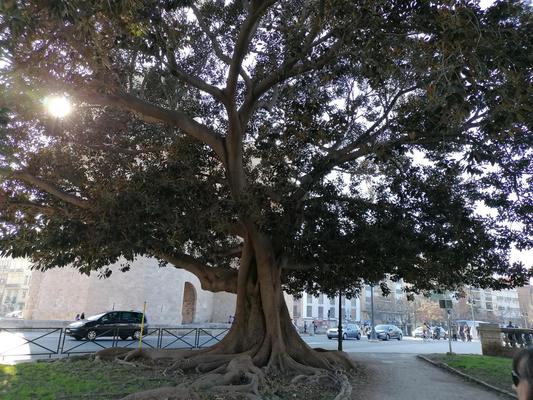
Architecture of El Cabanal:
